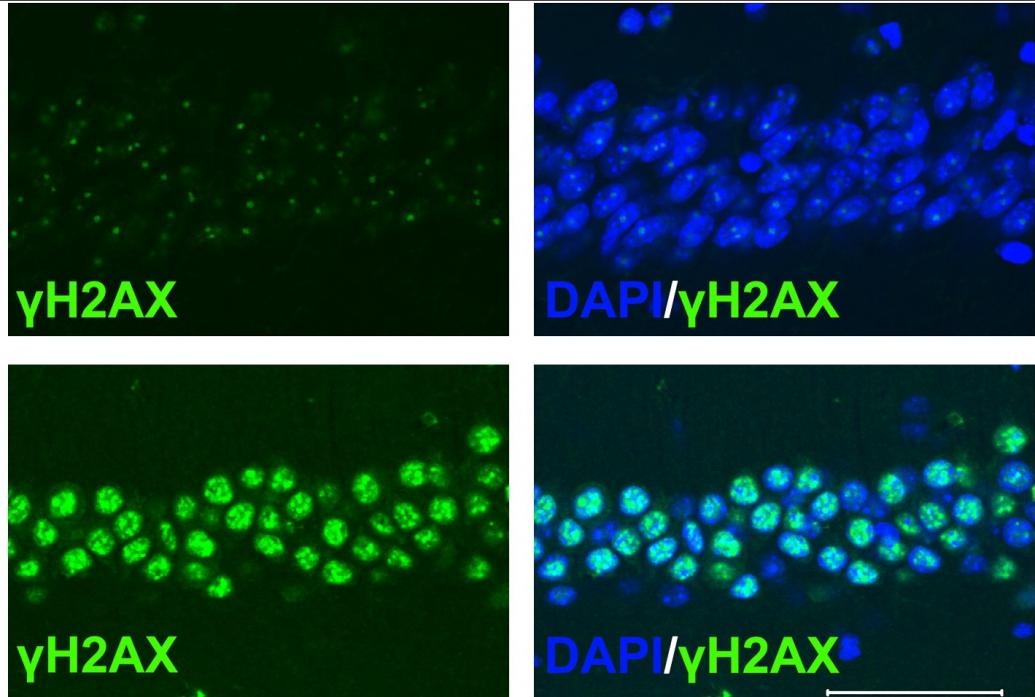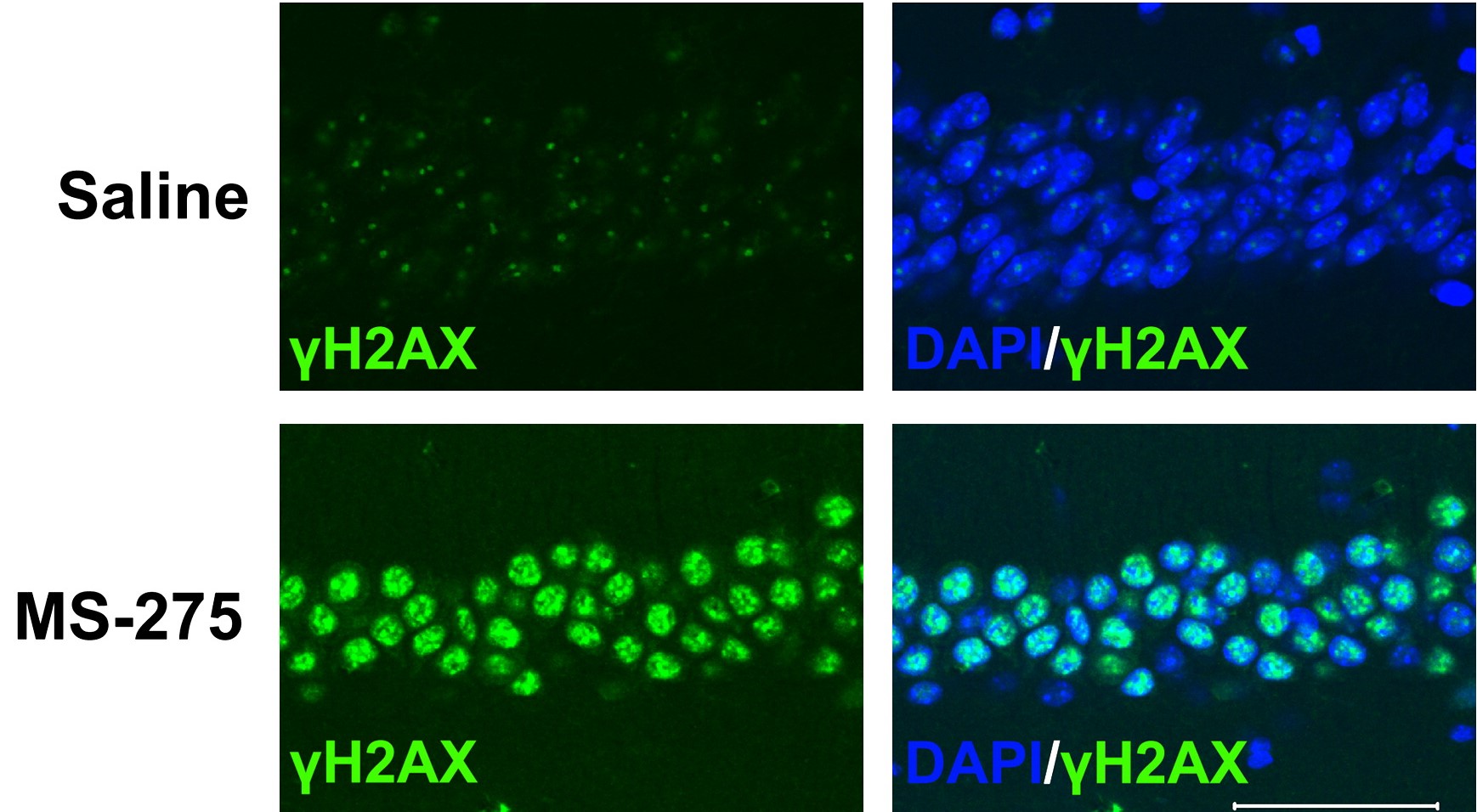
By studying the roots of memory loss in mice modeling Alzheimer’s disease, Picower Professor Li-Huei Tsai also discovered a fundamental mechanism that helps neurons form memories in the first place.
In studying mice modeling Alzheimer’s, Tsai’s lab observed DNA damage in neurons, including an accumulation of double-stranded breaks (DSBs) preceding the onset of memory loss. In 2008 her lab discovered that deregulation of the enzyme HDAC1 induced aberrant cell-cycle activity and led to DSBs that harmed neurons. They showed that increasing HDAC1 activity helped. In 2013, the lab identified several molecular players that interact with HDAC1, to enable neural DNA repair, suggesting that HDAC1’s pathway could be targeted to sustain better neural health. Tsai and Harvard collaborator Stephen Haggarty have launched a startup to pursue the idea.

But why do DSBs occur in neurons? Neurons must act fast to encode memories of what happens to us. At the molecular level that means they need to quickly access genes regulating their ability to form new circuit connections. In 2015, Tsai discovered that neural activity naturally induces DSBs to promote expression of multiple “immediate early” genes critical for memory formation. Tsai hypothesized that while DSBs are apparently normal, repair may falter with age or Alzheimer’s disease as HDAC1 declines. Indeed her lab showed this in 2020, and also found that doses of exifone, an HDAC1 enhancing drug, reduced DNA damage and improved cognitive function in mice. Then in 2021, her lab also found that DSBs occur naturally much more commonly than previously realized, not only in neurons but also in other brain cells called glia.

